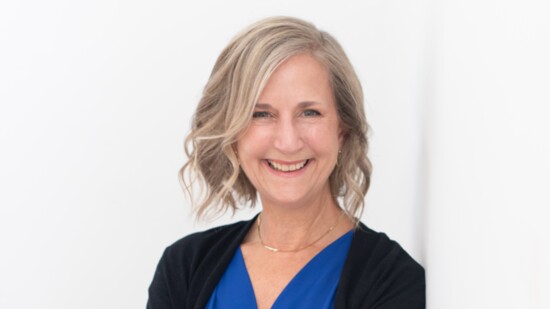Starting a new year with the goal of better health is inspiring and achievable. Here's to making conscious choices that can make a real difference in our well-being! Everything we put in - and on - our bodies plays a role in our health journey. The process can feel overwhelming, but with a few simple steps, we can learn to navigate it more effectively.
Reading Labels: A Key to Safer Choices
Every label tells a story and understanding what’s in the food and products we purchase is crucial to making safe, informed decisions. For example, choosing organic versus conventional can be a safer option. The USDA Organic label means the product is free from GMOs, synthetic pesticides, herbicides like Roundup, sewage sludge, antibiotics, and chemical fertilizers. Conversely, the non-GMO Project Verified label means the product doesn’t contain GMOs, but it doesn’t account for other chemicals, so it’s important to understand these differences.
In conventional farming, synthetic chemicals, genetically modified seeds, and chemical fertilizers are common. This can be confusing, but educating yourself empowers you to make choices that feel right for you and your health.
Decoding Produce Stickers
Those little stickers on fruits and vegetables can be a hassle to remove, but they carry important information. A five-digit code starting with 9 signifies organic produce, while a four-digit code starting with 4 means it’s conventionally grown, often with chemicals and pesticides. If you see a five-digit code beginning with 8, that means the produce is genetically modified (GMO). These codes provide a quick guide for understanding how produce is grown, allowing you to make healthier choices.
Seafood Choices: Farmed or Wild-Caught?
When it comes to seafood, it’s crucial to ask questions. Was it farmed or wild-caught? Where did it come from—the U.S. or abroad? These questions can be vital for both your health and the sustainability of the seafood industry. Seafood from the U.S. generally adheres to stricter standards than some imported options, making it a good choice for your health and the environment.
The Impact of Chemicals on Health
Since the 1950s, the FDA has approved over 10,000 chemicals in U.S. food products, while Europe has only about 700 approved chemicals. This discrepancy is important, as food items shipped to European countries often have different, safer ingredients than what’s sold domestically in the US. Additionally, synthetic chemicals have become more prevalent in our homes since the 1940s, yet under 5% of these chemicals have been tested for toxicity. This includes ingredients in everyday items like laundry detergents, household cleaners, and pesticides. These chemicals are suspected of impacting health, potentially creating toxic environments in our homes.
Empower Yourself with Informed Choices
With the choices you make as a consumer, you hold the power to impact your health. By educating yourself, you’re taking a major step toward a healthier life. Look for companies with high ratings from the Better Business Bureau, and whenever possible, shop locally. Get to know your merchants, plant a small garden or start with a few windowsill pots, or make a family outing of visiting your local farmers' market. These are fun, simple ways to connect with the sources of your food, supporting local businesses and sustainable practices in the process.
Avoiding artificial color dyes, bioengineered ingredients, GMOs, and factory-farmed meats and poultry is a great start. Remember: your food can be your medicine. By taking small steps, like changing up your recipes and opting for fresh, natural ingredients, you can make a lasting impact on your health and well-being.
Taking control of your choices is a turning point in any health journey. Here’s to an empowering new year filled with good choices, healthier habits, and a brighter, sustainable future.
